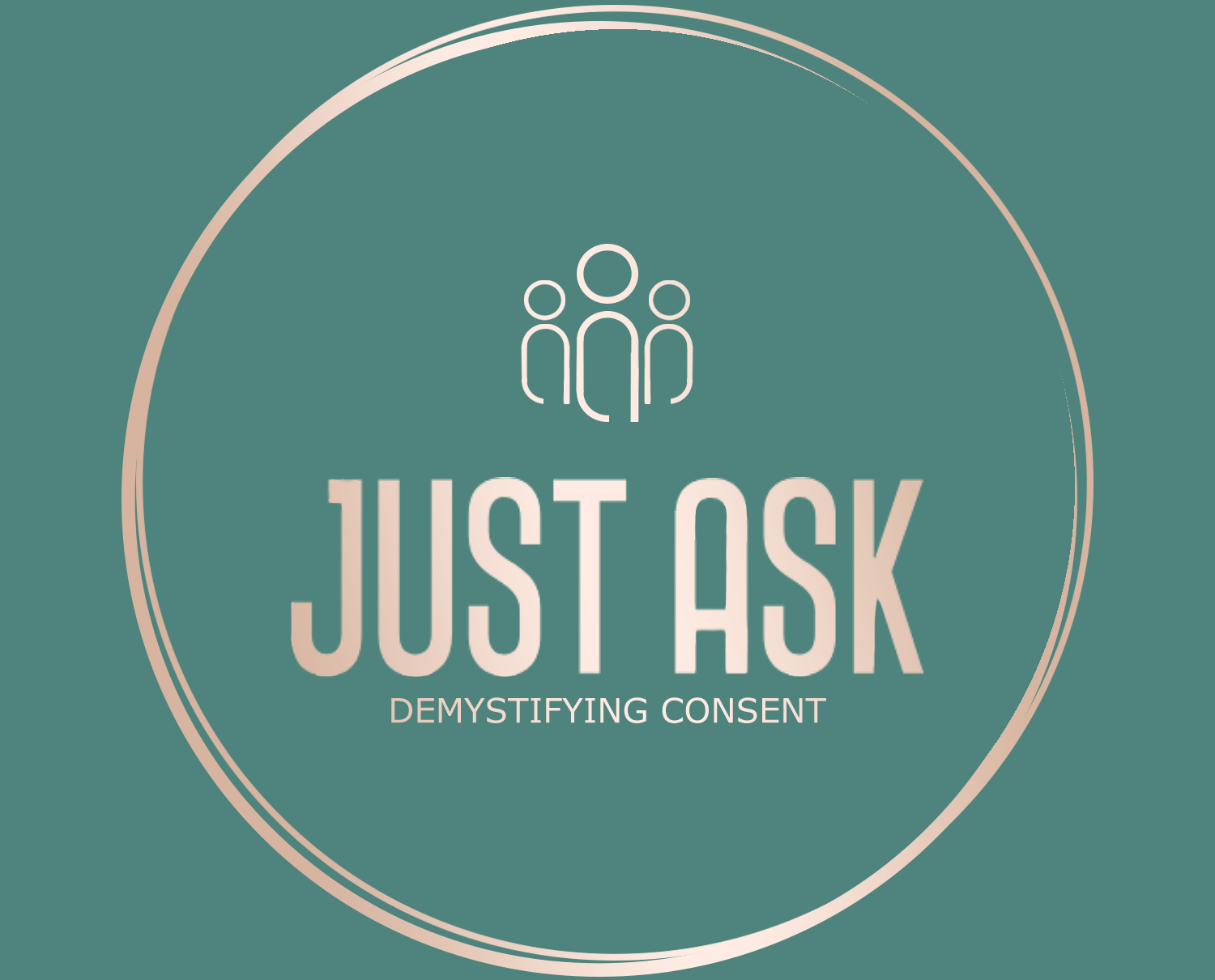
Imagine yourself as a child. Your parents tell you that company is coming for dinner and you are to be on your best behavior. When the guest arrives your parents tell you to hug them to welcome them into your home, but you don’t know them, and hugging a stranger makes you feel uncomfortable.
Now imagine yourself as a teen. You were just invited to hang out with some of the more popular students at school. During a movie, one of the teens decides to grab your upper leg in the dark. It’s awkward and makes you uncomfortable but you don’t get to hang out with these people very often so you brush their hand away and pretend it never happened.
Finally, you have reached college and you are enjoying yourself at a party. Someone keeps asking you if you want to go into another room. You keep declining, but after a few drinks, you don’t feel as though you are able to keep declining their advances anymore because it is now making you uncomfortable to say no. What happens next you never consented to. You didn’t feel safe, you didn’t enjoy it and now you don’t know what to do.
The general population believes that consent means “yes means yes” and “no means no”, but the reality of it is much more complicated than that. There is a lot of grey area within consent and many aren’t sure how to navigate it.
This website is dedicated to explaining what consent is, how it works, and what to do if something happens to you or someone you know. So breathe deep and exhale slowly. While consent is a tricky subject, this website will help you understand and navigate what consent really is.



